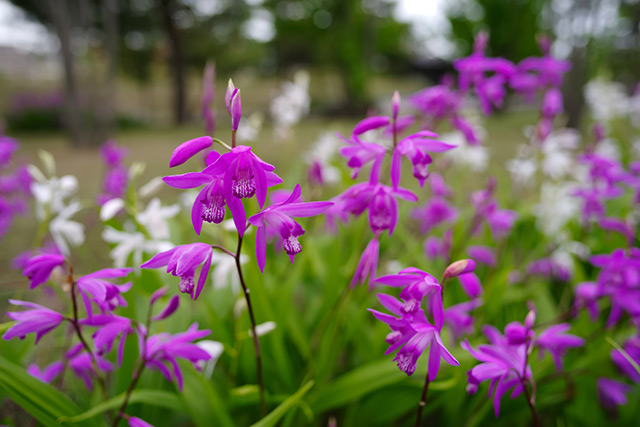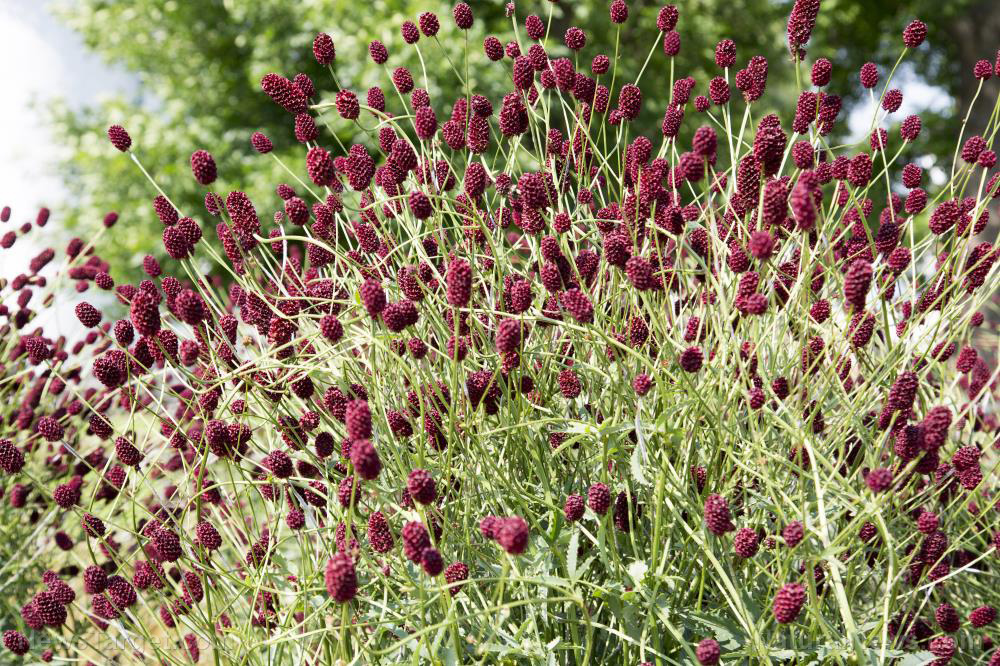A classic TCM formula clinically validated to prevent influenza
01/25/2019 / By Ralph Flores

A team of scientists from Jinan University in China has found that Kangbingdu (KDB), a herbal medicine widely used in traditional Chinese medicine, can improve symptoms of influenza. Their findings, which appeared in the journal Phytomedicine, support the popular use of the formula in treating flu symptoms.
While KDB is a popular flu treatment in traditional Chinese medicine, researchers observed that few studies have been made that validate this benefit.
“Little information is available from controlled studies regarding the anti-influenza pharmacological activities of KBD and its underlying mechanisms, at least partly due to the lack of appropriate study models,” they wrote in their report.
To evaluate the anti-influenza properties of KBD, the researchers used an influenza mouse model for the study, wherein the mice were restricted and infected with the influenza virus. These were then treated with varying doses of KBD for a week, during which the researchers monitored factors such as the overall death rate of the samples, the severity of symptoms, and disability following the exposure. Tissue samples were also collected and studied; in particular, the team investigated how KBD can protect against flu symptoms on a cellular level. The results revealed that it can increase protein expression in the mitochondria, particularly for those that help fight the infection. Moreover, the tests found the presence of compounds like mangiferin, forsythin, and forsythoside which boost the potency of KBD against viral infections. (Related: Use Traditional Chinese Medicine to Prevent or Recover from Swine Flu (H1N1).)
Beating the flu with TCM
In China, herbs have been used for thousands of years to treat just about anything — even the flu. However, it’s interesting to note that a lot of medicines prescribed for influenza use a combination of herbs. This boosts the efficacy of the medicine, thanks to the synergistic effects of the herbs.
In an article in Cellular and Molecular Immunology, the authors reviewed Chinese herbal formulas to determine their ability to protect the body against a “cytokine storm,” that is, a condition where the immune system floods the body with pro-inflammatory cytokines during an aggressive infection like influenza. This immune response can overwhelm the body, which can lead to severe respiratory inflammation, and worse, become life-threatening or even fatal. This, in particular, is one of the reasons why the flu pandemic of 1918 caused more fatalities among young and relatively healthy people.
“Polyphenols, triterpenoids, and flavonoids, all from herbs, may potentially be active components in protecting against cytokine storm during severe influenza,” wrote lead author Quang Lu.
According to Dr. John Kim of the University of Kansas Health System, traditional Chinese medicine is designed to balance the qi and reduce inflammation, while helping treat the infection. One of the first signs that the body is overreacting to a viral infection is when he can’t sleep.
“People can’t sleep, and that’s the time they need to be sleeping,” he added.
In choosing which herbal medication is right for treating the flu, Kim suggests looking at Kampo herbs made from Japan using Chinese herbal recipes. To note, while Kampo is primarily found in Japanese medicine, it is rooted in ancient traditional Chinese medicine. However, an advantage that Kampo herbs have is that it follows strict production guidelines.
“In Japan, Kampo can only be prescribed by physicians who are trained in Kampo medicine,” Kim explained. “So it’s treated like medication.”
For those looking at treating the flu using traditional Chinese herbs, Kim starts off by saying that these will not taste great — which is part of the treatment.
“You have to taste the Chinese herb. In Chinese medicine, tasting the herbs starts the healing process,” he noted. “In American culture, anything that doesn’t taste good, you either add sugar or salt or fat to it to make it more delicious. But here, you have to embrace the taste of the herbs.”
Sources include:
Tagged Under: alternative medicine, Flu, herbal medicine, Herbs, influenza, KangBingDu, natural cures, natural medicine, TCM, traditional Chinese medicine


















